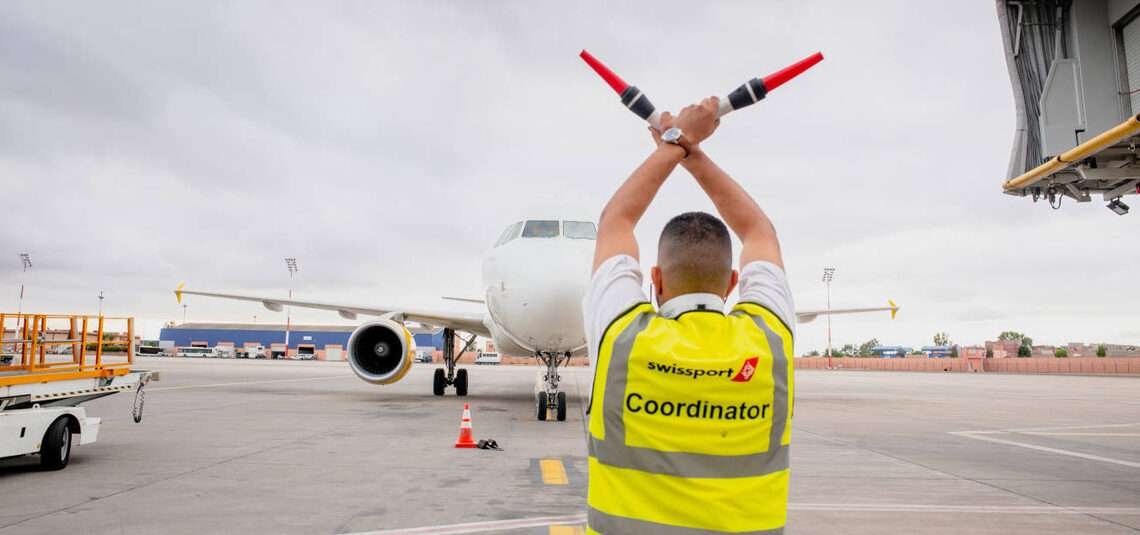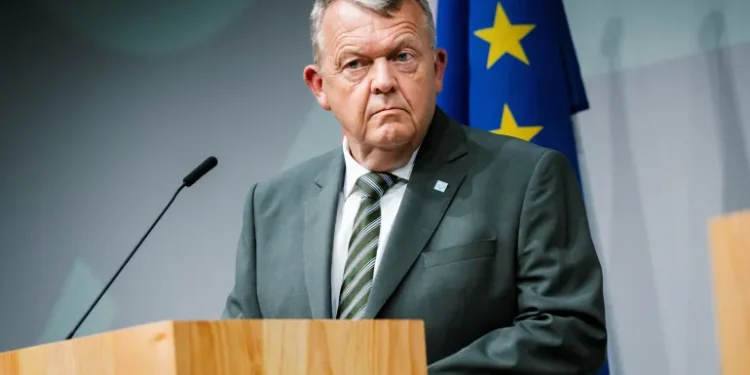The African Development Bank (AfDB) has held workshops with aircraft manufacturers Airbus and ATR to explore ways of strengthening access to finance for African airlines to boost African commercial aviation.
The workshops featured discussion of bank financing instruments, including guarantee products, the bank’s approach to credit risk assessments and the outlook for Africa’s aircraft market.
The bank is studying the feasibility of setting up an aircraft leasing platform. Operating leases account for more than 45% of operational fleets worldwide.
The sessions will support the Bank’s efforts to develop and adapt financing instruments to the continent’s aviation needs, boosting its air transport market.
Representatives of the bank and the manufacturing firms also discussed sources of financing that included export credit agencies, multilateral development banks, non-payment insured financing and sovereign support.
Air travel on the continent has been hard hit by the Covid-19 pandemic. Before its onset, African aviation represented a roughly 3% share of the global market, although the continent has 17% of the world’s population.
Owing to a difficult operating environment that includes constrained access to credit, only a few African airlines are profitable. As a result, air transport remains unaffordable for the average African.
High Operating Cost
High operating costs, coupled with low passenger traffic, drive fare hikes as carriers try to increase their profitability. In recent years, airfares for intra-Africa flights are observed to be 2-3 times higher than in other regions of the world.
Furthermore, in spite of efforts by governments, public institutions and private stakeholders, a large share of air traffic flows through a few airports, particularly those of Cairo, Johannesburg, Casablanca, and Addis Ababa. This leaves many other routes are under-served.
Still, Africa’s economies are expected to rebound to growth from the pandemic. Economic recovery is projected to lead to the delivery of 1,230 wide and single aisle new aircraft and 230 turboprop planes through 2040.
A recent study undertaken by the Economic Commission for Africa (ECA) suggests that implementation of the African Continental Free Trade Area will lead to a 28% increase in intra-African freight demand through 2030. That projected growth will require 250 additional aircraft, which will need to be financed.
Air transport supports 7.7 million jobs and $63 billion in African economic activity. That is 2.2% of all employment and 2.7% of all GDP in African countries in 2018.
Every person employed by the aviation sector directly, and in aviation enabled tourism, supported another 16.5 jobs elsewhere in Africa. Similarly, $6 of economic activity was supported elsewhere in Africa for every $1 created by the air transport sector.
A key takeaway from the workshops is that the Bank needs to further assess potential interventions into the aviation markets pending completion of the feasibility study for a leasing platform by the end of 2023.
However, according to the International Air Transport Association, African airlines are expected to divide their losses by three in 2023, to $213m. The $13bn lost in 2020 will be a distant memory.
North American airlines are already out of the red, and Europe and the Middle East are expected to follow in 2023.
This initiative by the bank will help boost air transportation on the continent which is already low.
READ ALSO: Sarkodie Announces ‘Time Off’ In The Midst Of Yvonne Nelson Controversy























